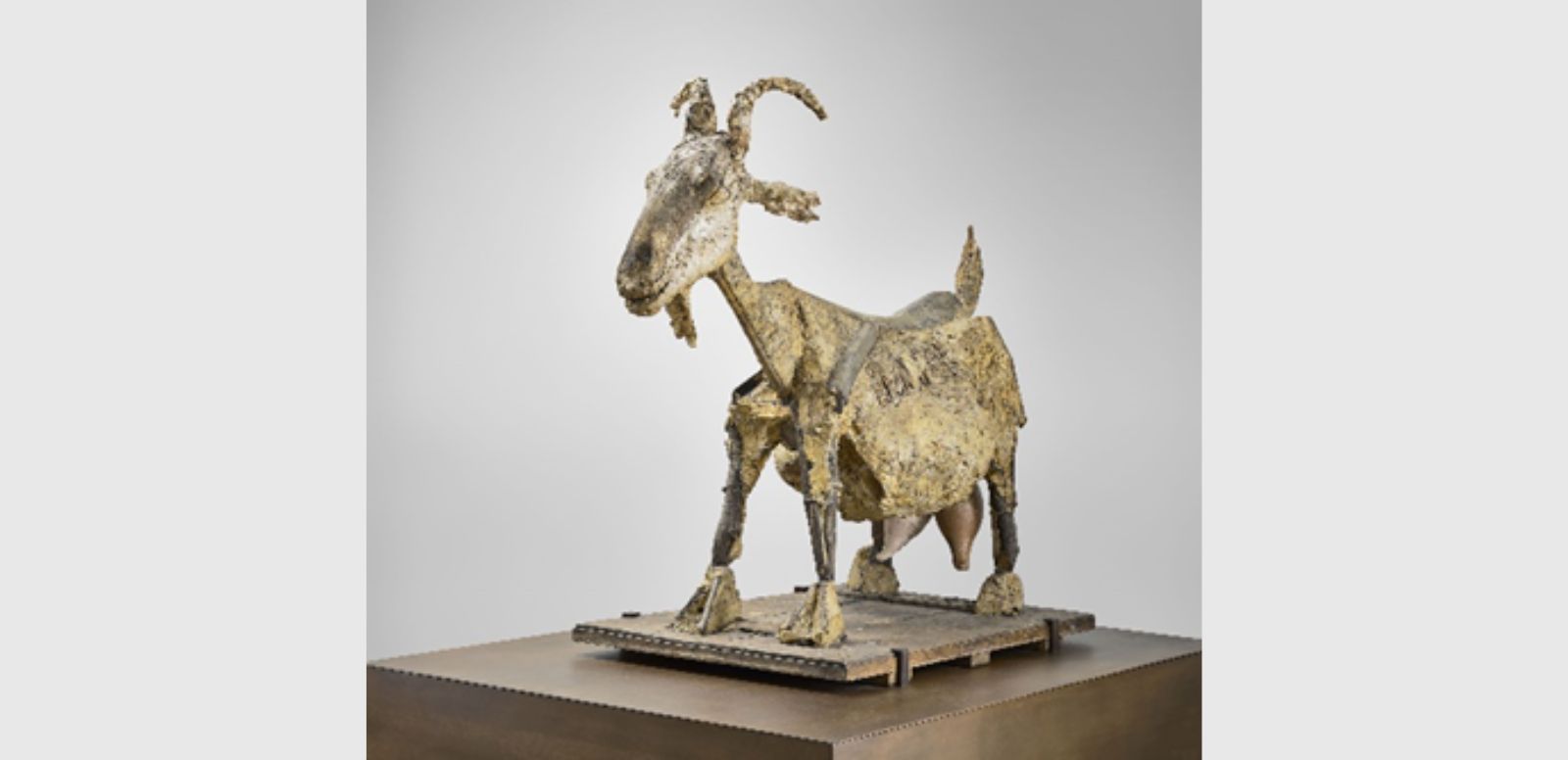
Musée national Picasso-Paris
© Sucesión Picasso, VEGAP, Madrid, 2023
Pablo Picasso's work always encompassed a wide variety of styles, themes and techniques. During the 1940s, World War II generated in Picasso, and in other artists, a desire for renewal in his creations. Between the 1930s and 1940s, Picasso established a close friendship with the sculptor Alberto Giacometti, and both artists explored themes related to everyday life, such as animals and, in particular, goats.
Later, in 1948, Picasso moved to Vallauris, a town in southeastern France known for its ceramic tradition. At this stage of his life, the artist wanted to get away from Paris and immerse himself in the tranquility of the Mediterranean coast. It was there that he met Suzanne and Georges Ramié, potters who ran the Madoura workshop and who introduced him to the world of ceramics.
Inspired by the local ceramic practice and environment in Vallauris, Picasso incorporated elements recovered from his walks through the village and the courtyards of the potters' workshops. Soil, plaster and ceramic fragments found a new purpose in his sculptural compositions.
In this context emerged The Goat (1950), an emblematic sculpture that expresses the evolution of his sculptural art. Static and frozen, this work shows Picasso's ability to transform simple, everyday materials into a powerful and symbolically charged art form. To create the work, Picasso used a variety of materials, from a basket that becomes a belly, a palm leaf transformed into a back, bottles that suggest udders, and wires that act as legs.
The presence of the goat in Picasso's work was consolidated at that time and a few years later, in 1956, he received a baby goat from his wife Jacqueline, whom he named Esmeralda.
Sources:
Musée national-Picasso París: https://www.museepicassoparis.fr/fr/la-chevre

